Description
Familiarity with treatment
Dermabrasion is a cosmetic procedure that involves the mechanical exfoliation of the skin to improve its texture and appearance. It is commonly used to treat various skin concerns, such as acne scars, wrinkles, sun damage, and uneven skin tone. Here is some information to familiarize yourself with dermabrasion:
- Procedure: Dermabrasion is typically performed by a dermatologist or plastic surgeon. During the procedure, the skin is numbed with a local anesthetic, and a specialized device is used to gently sand or abrade the outermost layer of the skin. This process removes the damaged or uneven skin, allowing new, healthier skin to grow in its place.
- Benefits: Dermabrasion can provide several benefits for the skin. It can improve the appearance of acne scars, fine lines, wrinkles, and hyperpigmentation. It can also help to smooth out rough or uneven skin texture and promote a more youthful and rejuvenated complexion.
- Recovery and downtime: After dermabrasion, the treated skin will be red, swollen, and sensitive. It may also develop a scab or crust, which will eventually slough off as the skin heals. The recovery time can vary depending on the depth of the treatment, but it typically takes about one to two weeks for the skin to fully heal. During this time, it is important to follow the post-treatment instructions provided by your healthcare provider, such as keeping the skin clean, avoiding sun exposure, and using recommended skincare products.
- Results: The results of dermabrasion can be long-lasting, but multiple treatments may be necessary to achieve the desired outcome. It is important to have realistic expectations and understand that individual results may vary. It may take several months for the full results to become apparent as the skin continues to heal and regenerate.
- Precautions and considerations: Dermabrasion is not suitable for everyone. It is important to consult with a qualified dermatologist or plastic surgeon to determine if you are a good candidate for the procedure. They will assess your skin type, medical history, and specific concerns to determine if dermabrasion is the right treatment option for you. It is also important to disclose any medications, allergies, or previous treatments you have undergone to ensure the procedure is performed safely.
- Alternatives: There are alternative treatments to dermabrasion that may be more suitable for certain individuals or specific skin concerns. These alternatives include microdermabrasion, chemical peels, laser resurfacing, and fractional resurfacing. Consulting with a skincare professional will help determine the most appropriate treatment option for your specific needs.
Who is it suitable for?
Dermabrasion is a cosmetic procedure that involves the removal of the outer layer of skin to improve its appearance. It is suitable for individuals who have certain skin concerns or conditions. Dermabrasion may be suitable for:
- Acne scars: Dermabrasion can help reduce the appearance of acne scars by removing the damaged outer layer of skin and promoting the growth of new, smoother skin.
- Fine lines and wrinkles: Dermabrasion can help improve the appearance of fine lines and wrinkles, particularly around the mouth and eyes.
- Uneven skin tone and texture: Dermabrasion can help even out skin tone and texture by removing dead skin cells and stimulating collagen production.
- Sun-damaged skin: Dermabrasion can help improve the appearance of sun-damaged skin by removing the damaged outer layer and revealing fresher, healthier skin.
- Hyperpigmentation: Dermabrasion can help reduce the appearance of hyperpigmentation, such as age spots or melasma, by removing the outer layer of skin where the pigmentation is concentrated.
Who is it not suitable for?
Dermabrasion may not be suitable for everyone. There are certain factors and conditions that may make an individual ineligible for dermabrasion. Some reasons why dermabrasion may not be suitable include:
- Active acne or skin infections: Dermabrasion can potentially worsen active acne or skin infections. It is generally recommended to wait until the acne or infection is under control before undergoing dermabrasion.
- Sensitive or thin skin: Individuals with sensitive or thin skin may be at a higher risk of complications from dermabrasion, such as scarring or pigmentation changes.
- Skin conditions: Certain skin conditions, such as eczema, psoriasis, or rosacea, may be aggravated by dermabrasion. It is important to consult with a dermatologist to determine if dermabrasion is suitable for individuals with these conditions.
- Recent use of certain medications: Some medications, such as isotretinoin (Accutane), can affect the healing process and increase the risk of complications from dermabrasion. It is important to disclose any recent medication use to the dermatologist before undergoing the procedure.
- History of keloid or hypertrophic scarring: Individuals with a history of keloid or hypertrophic scarring may be at a higher risk of developing excessive scarring after dermabrasion.
- Pregnancy: Dermabrasion is generally not recommended for pregnant women due to the potential risks to the developing fetus.
Advantages
Dermabrasion offers several advantages for individuals seeking to improve the appearance of their skin. Some of the advantages of dermabrasion include:
- Skin rejuvenation: Dermabrasion helps to remove the outer layer of damaged skin, revealing fresher, smoother skin underneath. This can result in a more youthful and rejuvenated appearance.
- Reduction of scars and blemishes: Dermabrasion can effectively reduce the appearance of scars, including acne scars, surgical scars, and scars from injuries. It can also help minimize the appearance of blemishes, such as age spots or hyperpigmentation.
- Improvement of skin texture and tone: By removing the outer layer of dead skin cells, dermabrasion can improve skin texture and tone. It can help to even out rough or uneven skin, giving it a smoother and more uniform appearance.
- Stimulation of collagen production: Dermabrasion stimulates the production of collagen, a protein that helps to maintain the skin’s elasticity and firmness. Increased collagen production can lead to firmer and more youthful-looking skin.
- Customizable treatment: Dermabrasion can be tailored to the individual’s specific needs and concerns. The depth and intensity of the treatment can be adjusted to address different skin conditions and achieve desired results.
- Versatility: Dermabrasion can be performed on various areas of the body, including the face, neck, hands, and chest. It can target specific problem areas or provide overall skin rejuvenation.
- Long-lasting results: The results of dermabrasion can be long-lasting, especially when combined with proper skincare and sun protection. However, it is important to note that individual results may vary.
Complications
While dermabrasion is generally considered safe when performed by a qualified professional, there are potential complications and risks associated with the procedure. It is important to be aware of these complications before undergoing dermabrasion. Some possible complications of dermabrasion include:
- Infection: There is a risk of infection following dermabrasion, especially if proper post-treatment care and hygiene are not followed. Signs of infection may include increased redness, swelling, pain, or discharge from the treated area.
- Scarring: Dermabrasion can cause scarring, particularly in individuals with a predisposition to keloid or hypertrophic scarring. Proper wound care and following post-treatment instructions can help minimize the risk of scarring.
- Changes in skin pigmentation: Dermabrasion can result in temporary or permanent changes in skin pigmentation. This can manifest as areas of hyperpigmentation (darkening) or hypopigmentation (lightening) in the treated area. These changes are more common in individuals with darker skin tones.
- Swelling and bruising: Swelling and bruising are common after dermabrasion and usually subside within a few days or weeks. However, excessive swelling or bruising should be monitored and reported to the healthcare provider.
- Sensitivity and discomfort: The treated skin may be sensitive, red, and tender for a period of time after dermabrasion. This discomfort can be managed with prescribed medications and proper skincare.
- Allergic reactions: Some individuals may experience allergic reactions to the anesthesia or other medications used during the procedure. It is important to inform the healthcare provider of any known allergies or sensitivities.
- Unsatisfactory results: While dermabrasion can improve the appearance of the skin, individual results may vary. It is important to have realistic expectations and discuss desired outcomes with the healthcare provider before the procedure.
Previous care
Before undergoing dermabrasion, it is important to take certain precautions and follow specific care instructions to ensure the best possible outcome and minimize the risk of complications. Here are some important cares to consider before dermabrasion:
- Consultation with a dermatologist: Schedule a consultation with a qualified dermatologist or skincare professional to discuss your specific concerns, expectations, and medical history. They will evaluate your skin condition and determine if dermabrasion is suitable for you.
- Medical history disclosure: Provide a comprehensive medical history to your healthcare provider, including any previous skin treatments, allergies, medications, or medical conditions. This information will help them assess your eligibility for dermabrasion and make necessary adjustments to the treatment plan.
- Sun protection: Protect your skin from sun exposure before the procedure. Avoid excessive sun exposure and use broad-spectrum sunscreen with a high SPF to minimize the risk of sun damage and uneven pigmentation.
- Discontinue certain medications: Inform your healthcare provider about any medications or supplements you are taking. Some medications, such as blood thinners or retinoids, may need to be temporarily discontinued before dermabrasion to reduce the risk of complications.
- Avoid skin irritants: Avoid using harsh skincare products, such as exfoliants or retinoids, for at least one week before the procedure. These products can make your skin more sensitive and increase the risk of irritation during dermabrasion.
- Hydrate your skin: Keep your skin well-hydrated in the days leading up to the procedure. Moisturize regularly to ensure your skin is in optimal condition for the treatment.
- Arrange for transportation: Dermabrasion may require the use of anesthesia or sedation, which can impair your ability to drive. Arrange for someone to drive you home after the procedure.
- Follow pre-procedure instructions: Your healthcare provider will provide specific instructions to follow before the procedure. This may include avoiding food or drink for a certain period of time before the treatment.
Aftercare
Proper aftercare is crucial for the healing process and optimal results following dermabrasion. Here are some important aftercare instructions to follow:
- Follow post-treatment instructions: Your healthcare provider will provide specific post-treatment instructions tailored to your individual needs. It is important to carefully follow these instructions for the best possible outcome.
- Keep the treated area clean: Gently cleanse the treated area with a mild cleanser as instructed by your healthcare provider. Avoid scrubbing or rubbing the area, as this can disrupt the healing process.
- Apply prescribed ointments or creams: Your healthcare provider may recommend applying a healing ointment or cream to the treated area. Follow their instructions on how often and how much to apply.
- Protect the treated area from sun exposure: Avoid direct sun exposure to the treated area for several weeks following dermabrasion. When going outside, wear a wide-brimmed hat and use a broad-spectrum sunscreen with a high SPF to protect the skin from harmful UV rays.
- Avoid picking or scratching: It is important to resist the urge to pick or scratch at the treated area, as this can lead to infection, scarring, or other complications. Let the skin heal naturally.
- Manage discomfort and swelling: Some discomfort and swelling are normal after dermabrasion. Your healthcare provider may recommend over-the-counter pain relievers or prescribe medications to manage any discomfort. Applying cold compresses to the treated area can also help reduce swelling.
- Avoid strenuous activities: Avoid activities that may cause excessive sweating or strain on the treated area for a few days after the procedure. This includes heavy exercise, hot baths or showers, and saunas.
- Follow-up appointments: Attend any scheduled follow-up appointments with your healthcare provider. They will assess your healing progress, address any concerns, and provide further guidance for your aftercare.
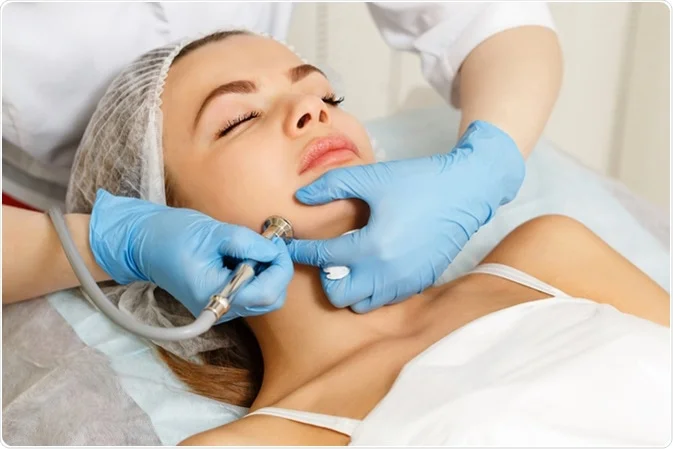
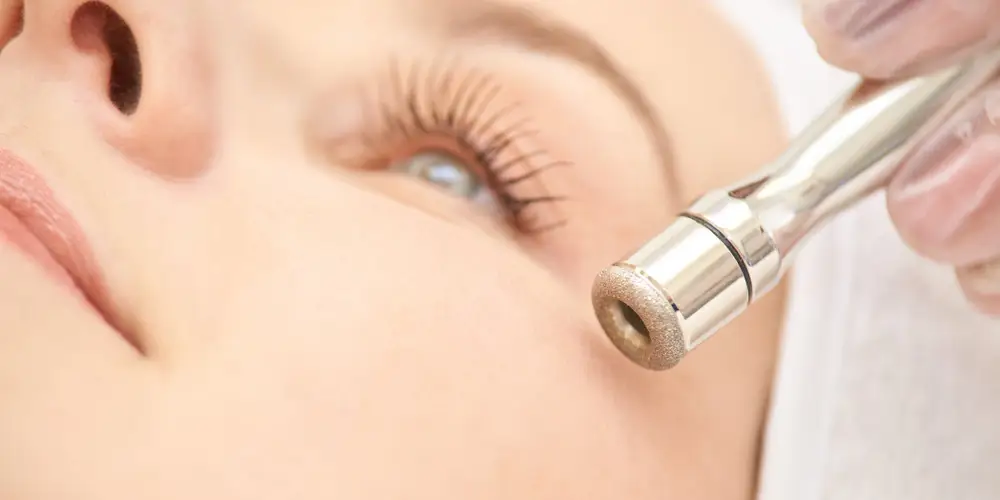
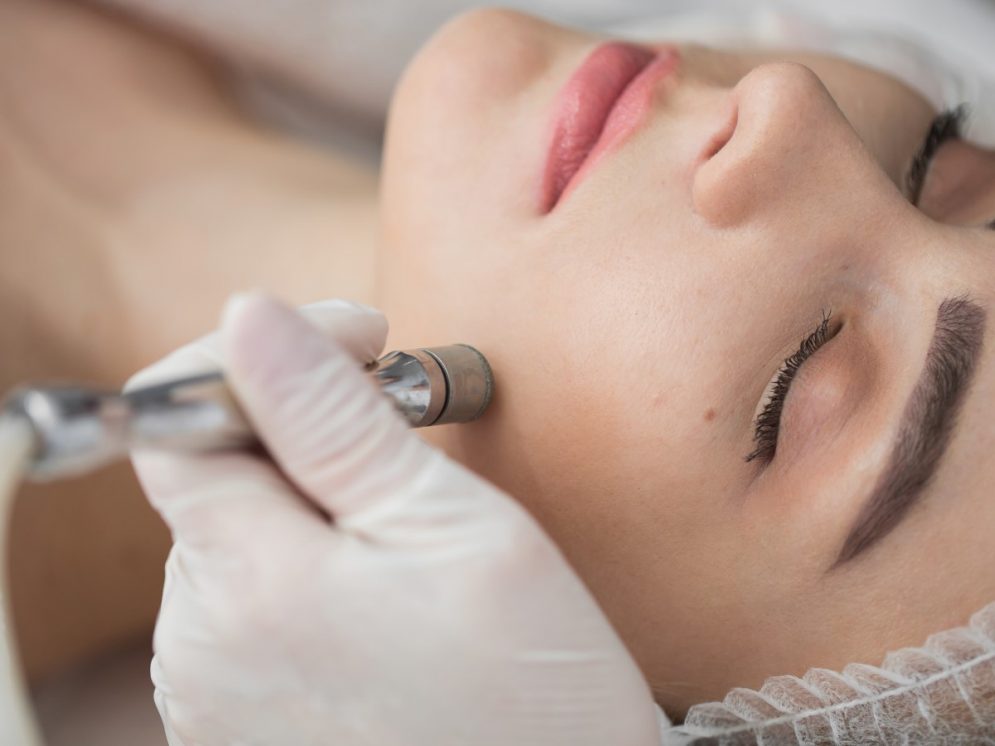
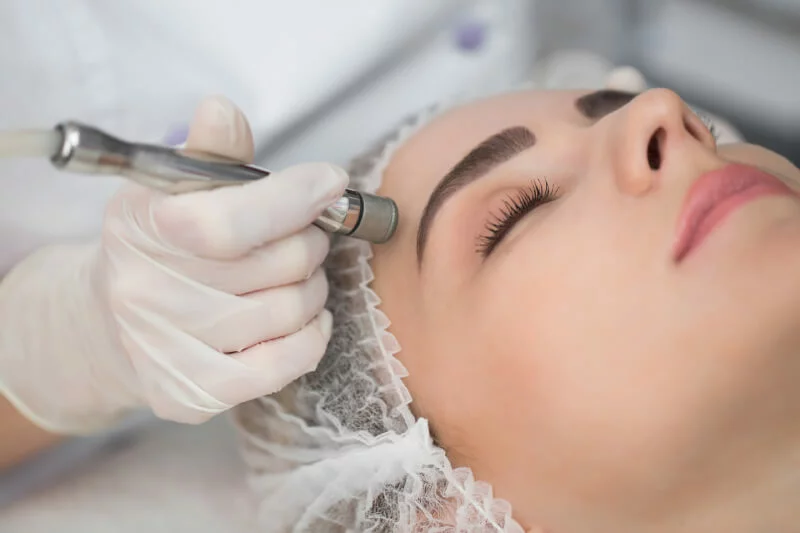
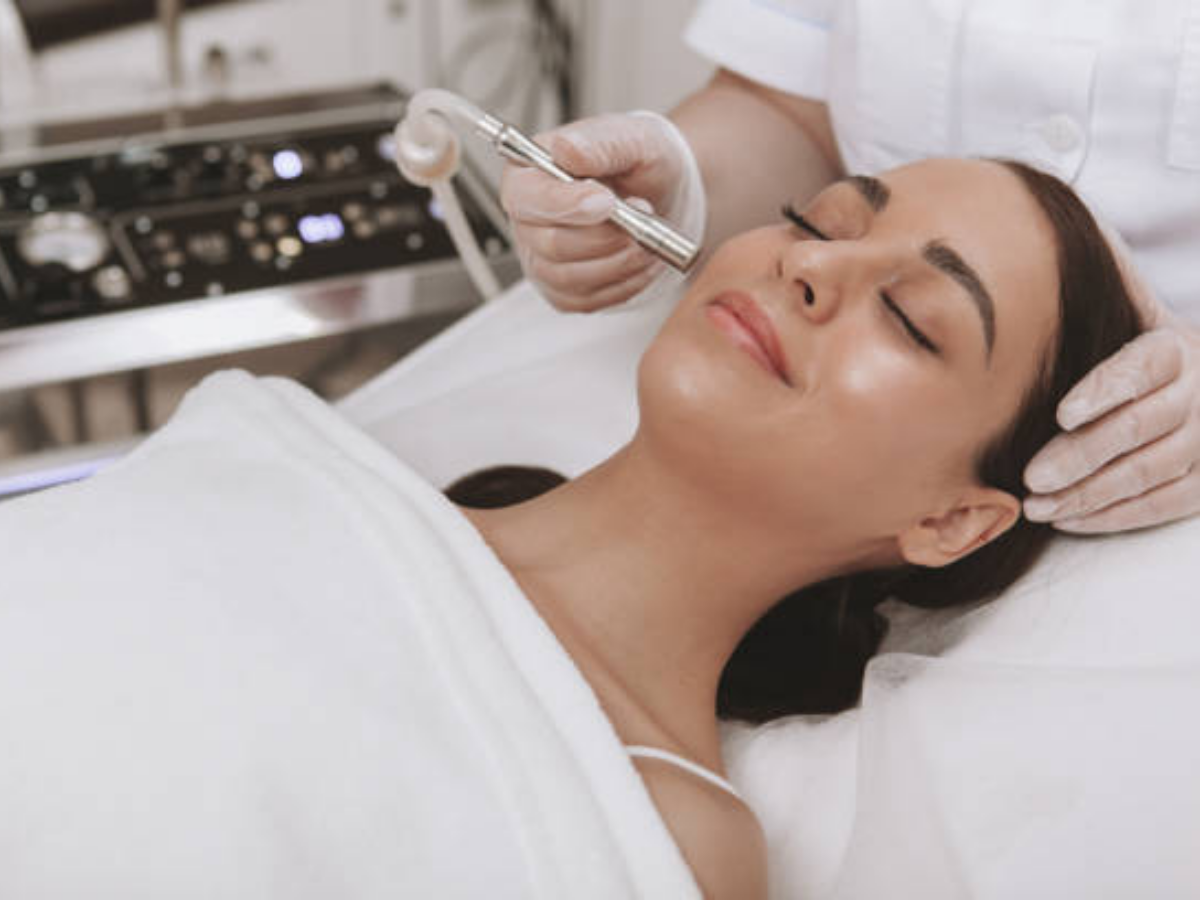
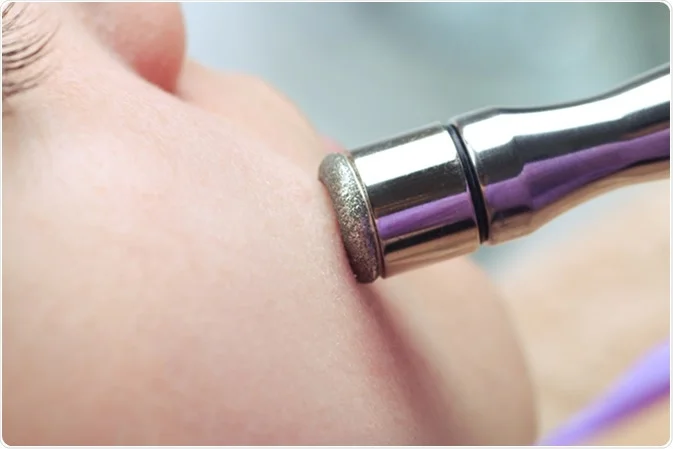
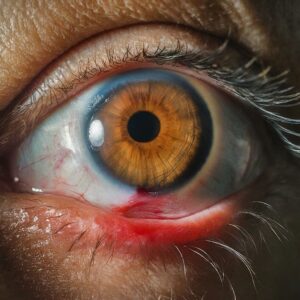
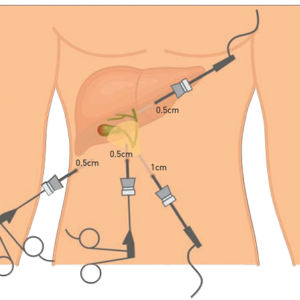
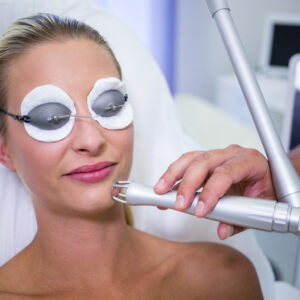
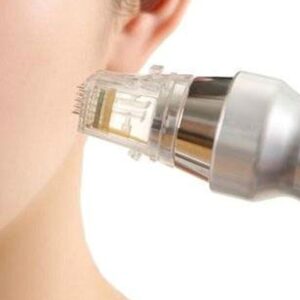
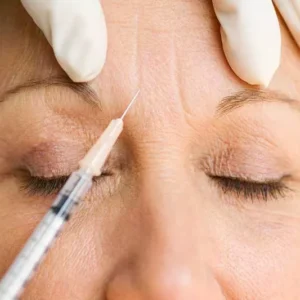

Reviews
There are no reviews yet.